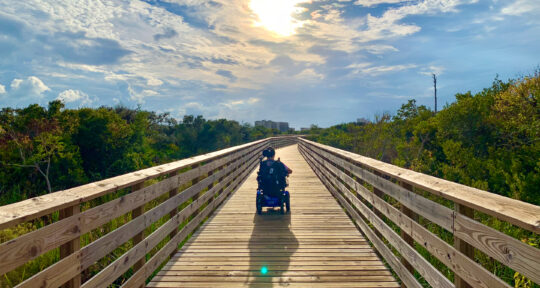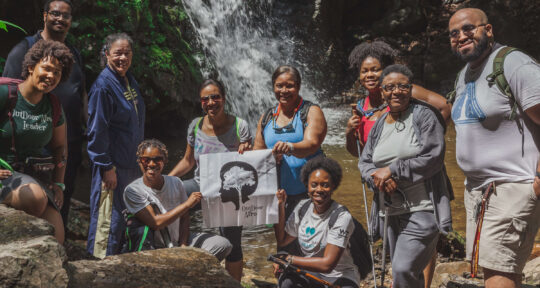Decades after the Americans with Disabilities Act was passed in 1990, there’s still a lot of progress to be made in making businesses, cultural institutions, and public spaces truly accessible for everyone. But every new technological advancement and thoughtful initiative allows more and more people to engage with the arts in new ways.
From glasses designed to correct for color blindness, tactile displays, and braille signage, to improved wheelchair accessibility, here are seven places in the U.S. that are making experiences and environments more welcoming and comfortable to all visitors.
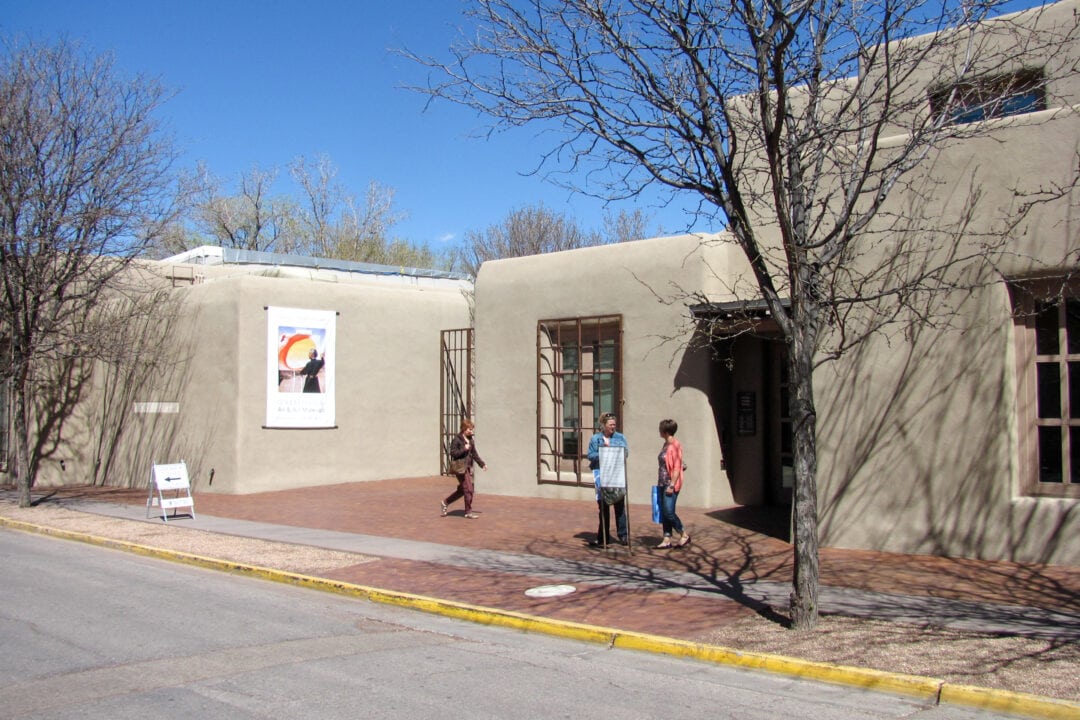

1. Georgia O’Keeffe Museum
The Georgia O’Keeffe Museum “celebrates the art, life, and independent spirit” of its namesake artist in two New Mexico locations. The Santa Fe galleries opened to the public in July 1997 (11 years after O’Keeffe’s death) with more than 3,000 works in a collection that includes 140 oil paintings and hundreds of drawings made by O’Keeffe from 1901 to 1984.
Despite her deteriorating eyesight, O’Keeffe continued painting, sculpting, and writing until she died in Santa Fe at the age of 98. Today, her eponymous museum offers several accessibility accommodations, including free admission to caregivers, accessible bathrooms, closed captioning on videos, and audio guides, in addition to free wheelchairs, color-correcting glasses, and ASL interpreters upon request.


2. Brooklyn Botanic Garden
Known for its explosion of cherry blossoms every spring, the Brooklyn Botanic Garden’s 52 acres are also home to impressive collections of daffodils, tulips, desert plants, and a bonsai museum. But those with visual impairments can enjoy a multi-sensory experience in the fragrance garden. Created in 1955 as the first of its kind in the U.S., the garden is designed so visitors can touch and smell the fragrant plants, flowers, and herbs, all of which are identified with braille markers and placed at a height suitable for children or people using wheelchairs.
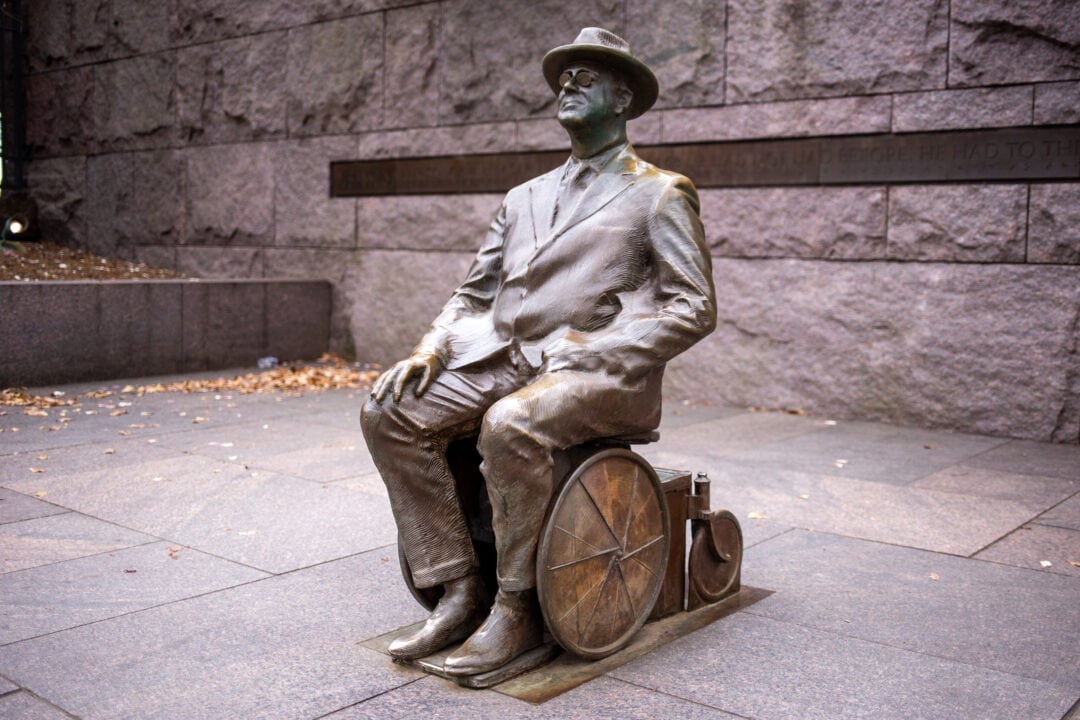

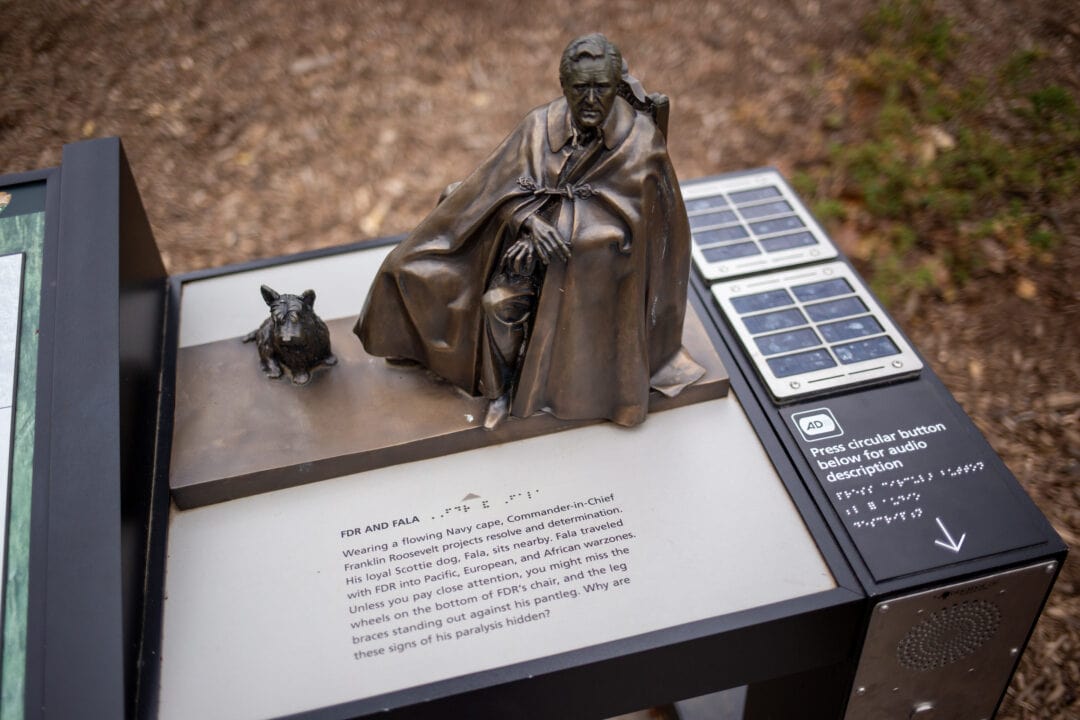

3. Franklin Delano Roosevelt Memorial
The memorial for the only U.S. president to use a wheelchair was designed with accessibility in mind. Dedicated in 1997, the FDR Memorial is located along Washington, D.C.’s Tidal Basin and tells the story of the 32nd president through a series of outdoor “rooms.” Despite being designed to be entirely wheelchair accessible with tactile elements and braille placards, landscape architect Lawrence Halprin received criticism for choosing not to highlight FDR’s use of a wheelchair.
According to the National Park Service, a campaign led by the National Organization on Disability led to the dedication of the Prologue Room in 2001. It features a life-size statue of FDR seated in a wheelchair by sculptor Robert Graham. The artwork is placed in front of a wall inscribed with a quote from Eleanor Roosevelt: “Franklin’s illness … gave him strength and courage he had not had before. He had to think out the fundamentals of living and learn the greatest of all lessons—infinite patience and never-ending persistence.”
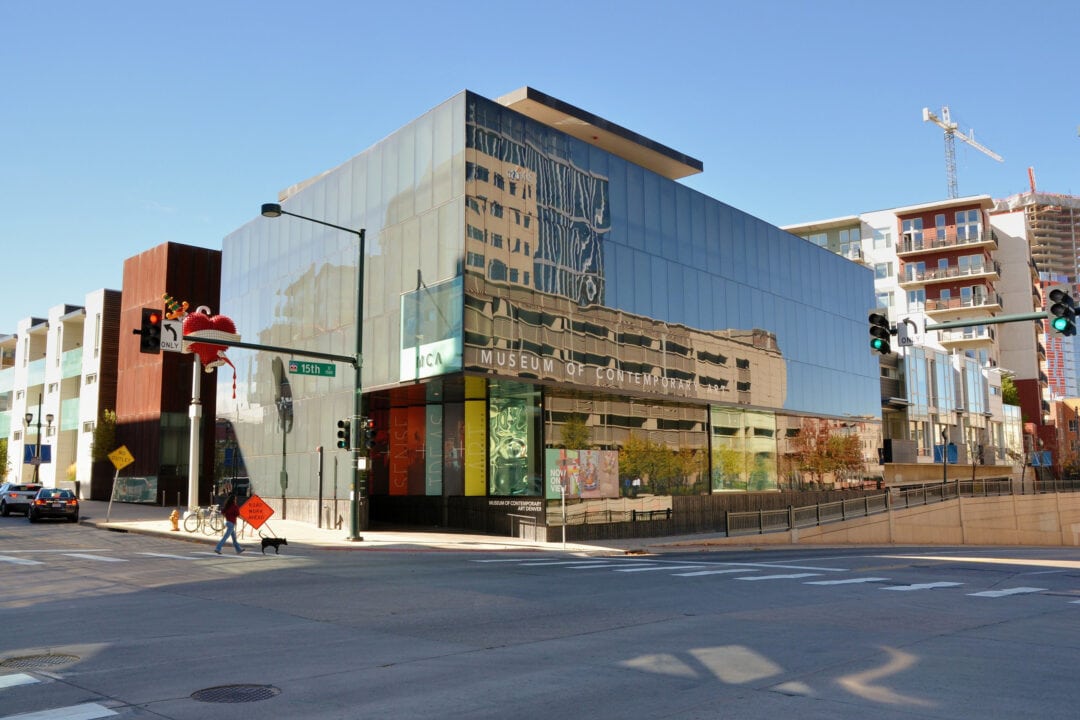

4. Museum of Contemporary Art Denver (MCA Denver)
Founded in 1996, MCA Denver was the first museum dedicated to contemporary art in the Colorado city. With no permanent collection and only rotating exhibits, there’s always something new to see—and now more visitors can experience the artwork thanks to the museum’s four pairs of EnChroma glasses, made specifically for red-green color blindness.
According to the museum, the hybrid glasses are “made to work for most people regardless of what type of color blindness they experience. About 85 percent of people who experience color blindness notice a change in what they see.” In addition to the glasses, which are sanitized after each use and can be checked out free of charge at the front desk with an ID, MCA Denver also features fully-accessible galleries, restrooms, and public spaces, as well as a courtesy wheelchair.
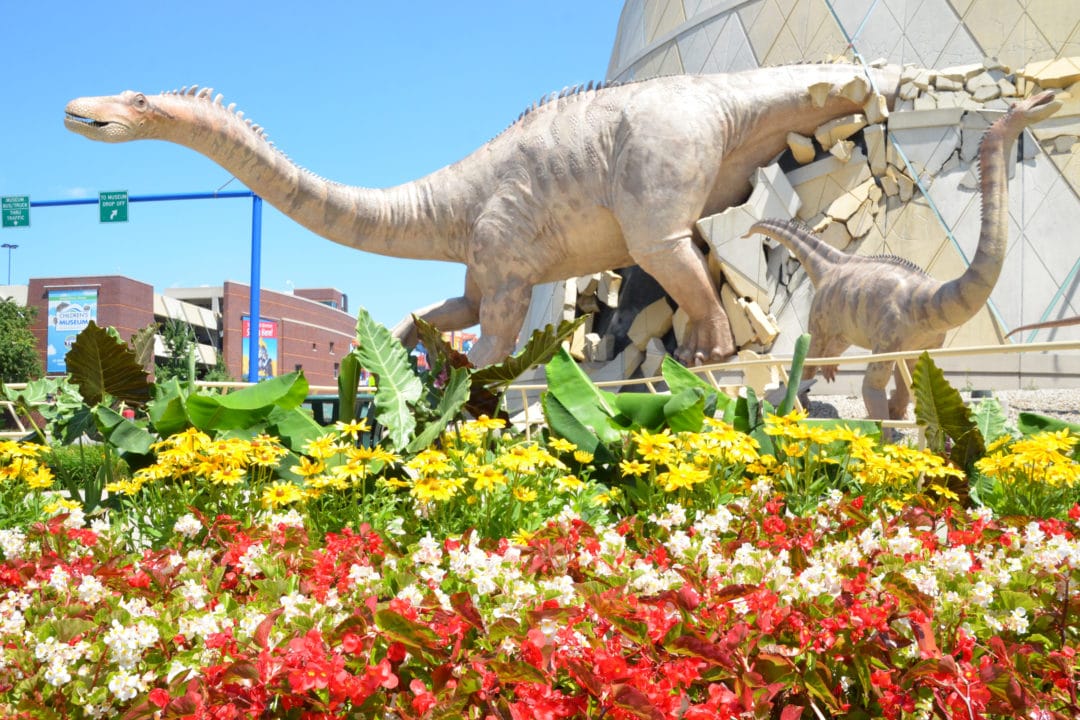

5. The Children’s Museum of Indianapolis
The world’s largest children’s museum features five floors comprising 13,000 artifacts and welcomes more than a million visitors each year. The Children’s Museum of Indianapolis encourages people to become “Accessibility Advisors” and provide feedback on inclusivity initiatives, which include providing fidget devices, noise-reducing headphones, ASL interpreters, assistive listening devices, and free admission to caregivers. The museum also compiles a list of sensory resources and hosts monthly events like “Museum My Way,” with modifications such as quiet areas and special lighting.
The world’s first permanent exhibit on Malala Yousafzai opens at Children’s Museum of Indianapolis
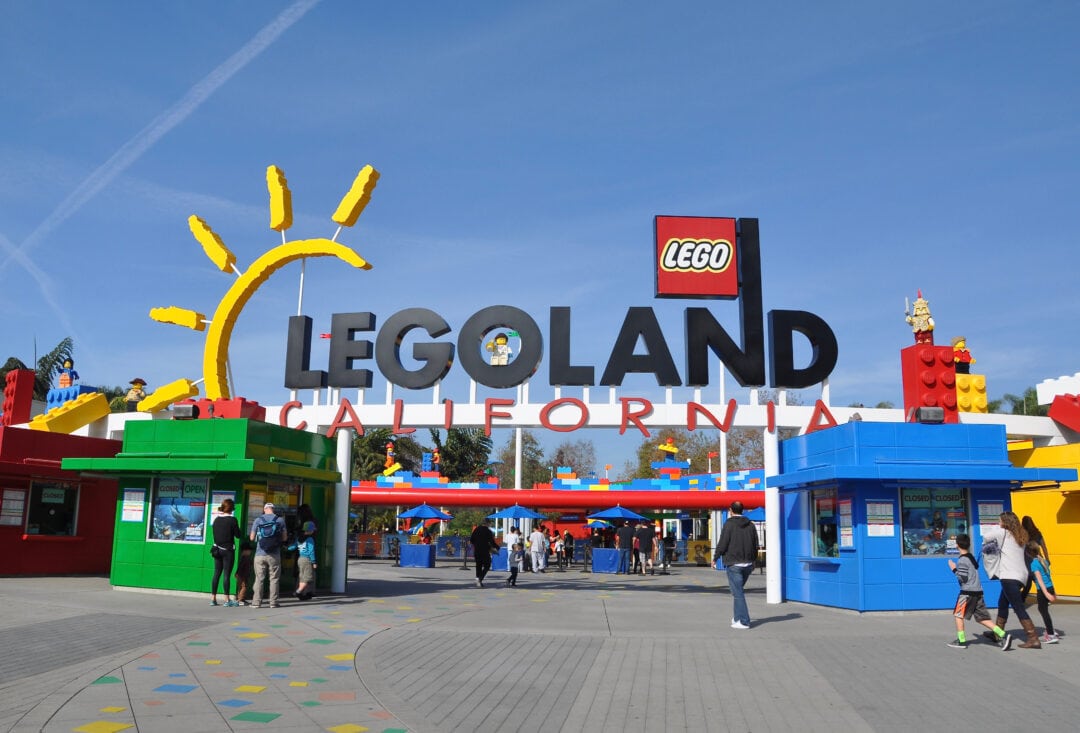

6. LEGOLAND Resorts
As of this year, all three U.S. LEGOLAND Resorts (located in Florida, New York, and California) are now Certified Autism Centers (CAC), offering low-sensory areas designed for rest, quiet rooms, and varying sound levels based on the time of day. Earplugs and special passes are available for guests and caregivers who need them, and shops, restaurants, and rides are wheelchair-accessible. In order to be designated as a CAC, at least 80 percent of park staff must be trained and certified by the International Board of Credentialing and Continuing Education Standards, ensuring that neurodivergent and autistic visitors will find a safe and welcoming environment at all LEGOLAND Resorts.
Built for adventure: 6 brick-themed locations for the ultimate LEGO road trip
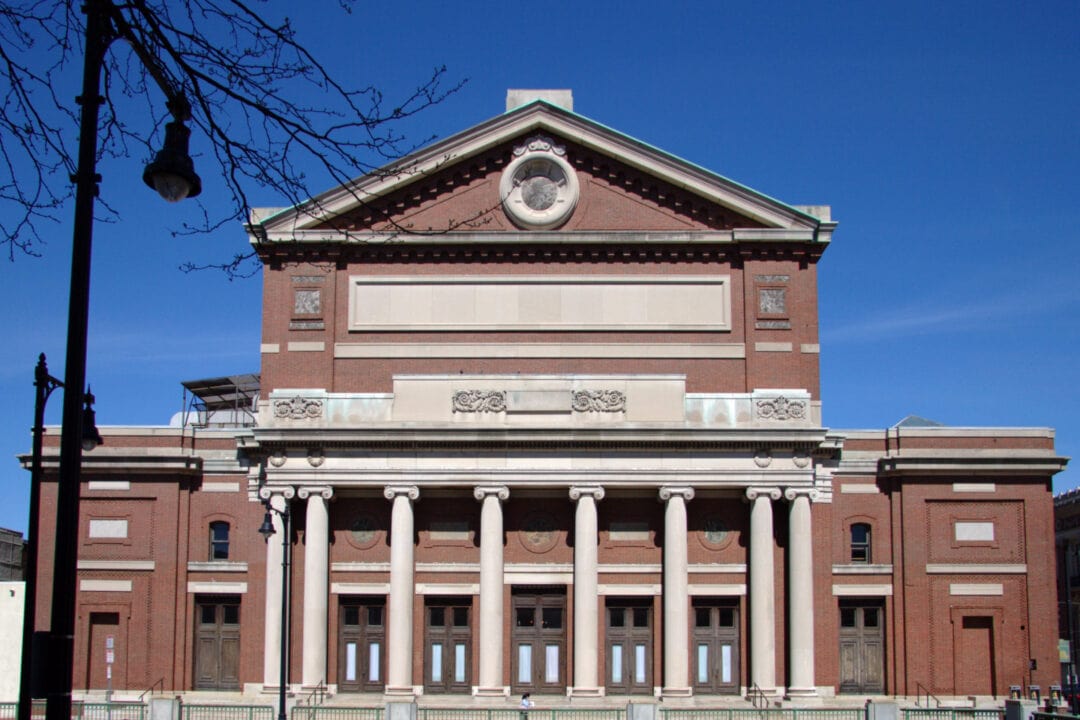

7. Boston Symphony Orchestra (BSO)
The second-oldest of the “Big Five” orchestras in the U.S., the Boston Symphony Orchestra offers sensory-friendly concerts designed for music lovers of all ages. During the special performances, “relaxed house rules allow for more audience movement and foster a judgment-free environment,” according to the BSO. While the music may be familiar, the modified shows feature dim lighting, sound adjustments, and signals to prepare visitors for what to expect next. Live concert feeds are available for anyone who needs to leave the main hall, and the automatic flush function is disabled in all restrooms.

